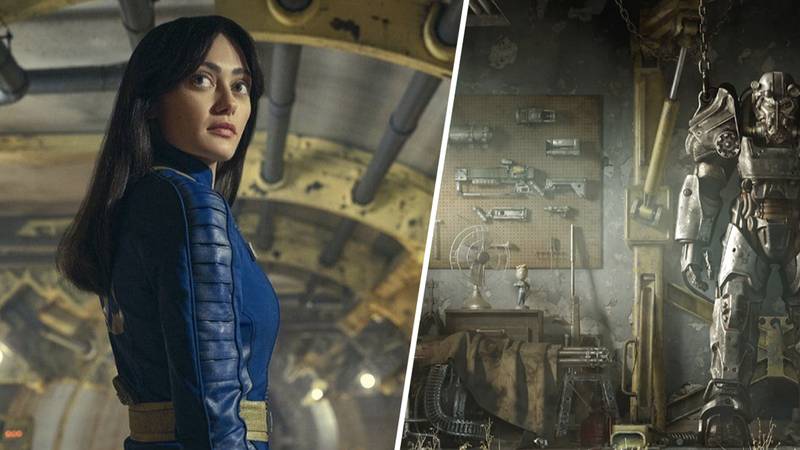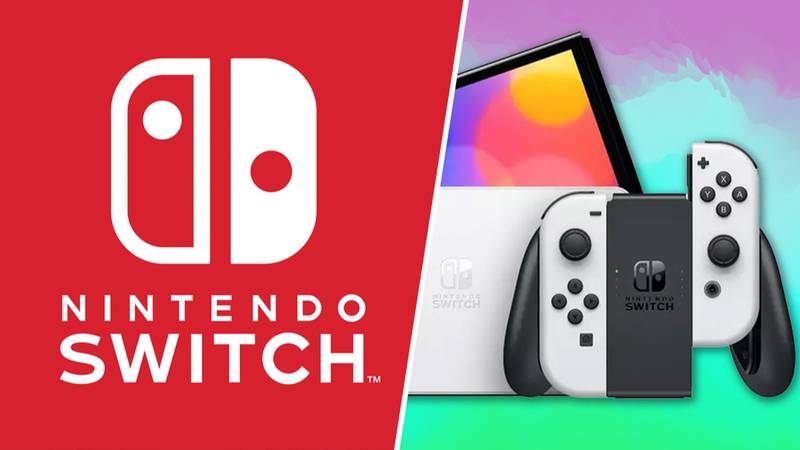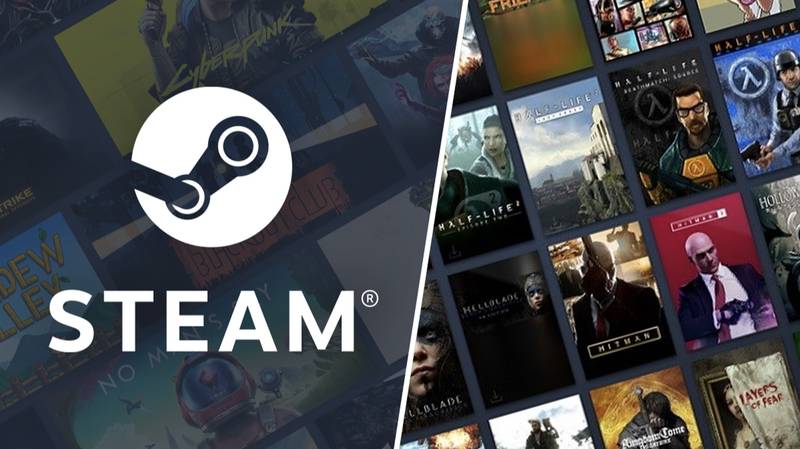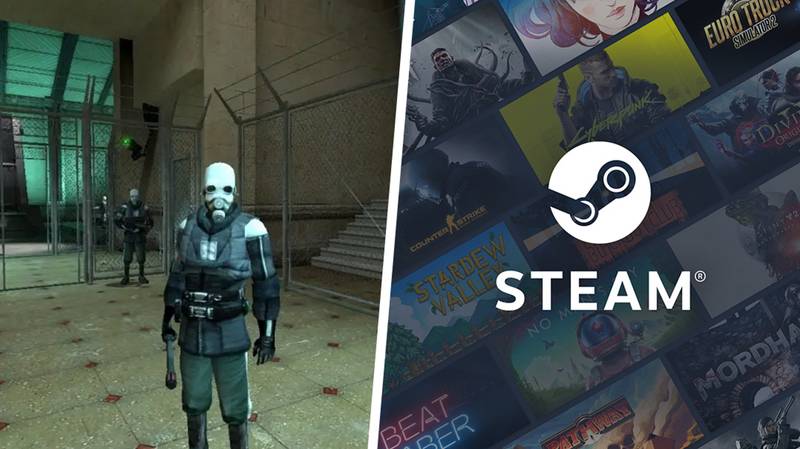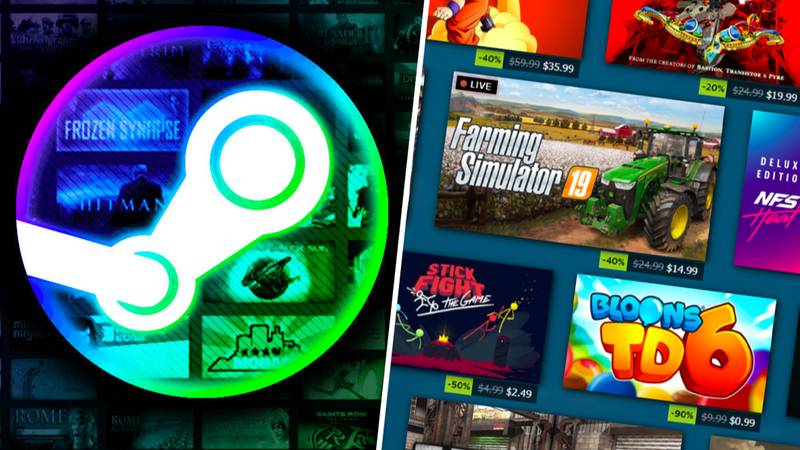Why ‘Zelda: Breath Of The Wild’ Has The Greatest Gaming Map, Ever
Published
| Last updated
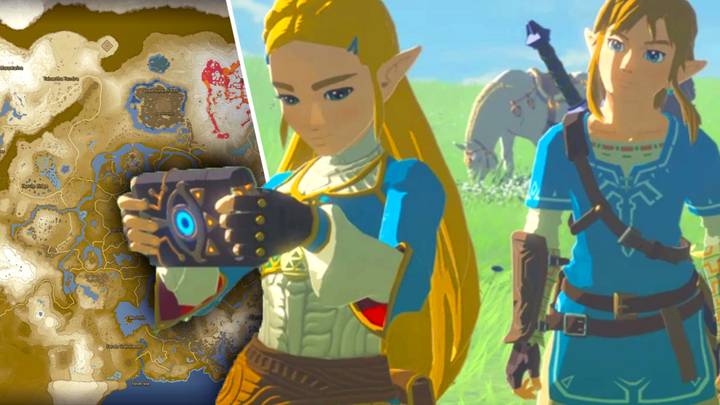
Featured Image Credit: Nintendo
My way of playing through Ghost of Tsushima right now is just to chill out and let the foxes lead me wherever they like. The birds, too. Sure, there's a war raging across the island, but my Jin Sakai is in no hurry to bring about an end to it, to recruit allies and take the fight to the invading Mongols. He's a lot happier, as am I, to simply let the world go by. A new haiku and a dip in a hot spring: that's a good evening's gaming, right there.
I'm enjoying my time with PlayStation's latest big-budget exclusive. I can appreciate, completely, that it's not offering much that's especially original, but as a brain-resting, box-ticking open-worlder, it's doing the business. But what bugs me probably too much about the game is its map.
You play as a clan leader who we see has lived all his life on Tsushima. He knows many islanders - what they do, where they live, and how they can help him. He also knows where their locations are and can plot a course to them, to be travelled fastest on horseback (why are there only two speeds for that?). And yet we, the player, begin the game with a blank slate of a map - the whole area is covered in a fog that only lifts, with details filled in, when Jin personally passes through. Not even completed in by seeing what's stretching away towards the horizon - he has to physically go there.
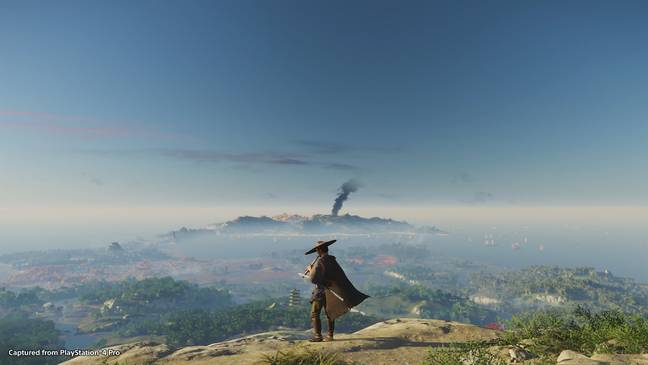
Now, I understand this in the sense that it's fun, I suppose, for the player to uncover the game's world. It's an achievement. In that context, fog-of-war-featuring open-worlders are rather like Tetris - it's all about tidying up, clearing away mess, and the satisfaction that comes with it (although in Tetris the tidying leaves you with empty space ready to be refilled, while in open-worlders it's all new castles and quest-givers and the like). Or like a colouring book where you daren't go over the lines, but run your pen right up to them, leaving no trace of the white paper beneath (or maybe that's the ink-like qualities of Tsushima's map talking). There is something compelling about this kind of map, and how it reveals itself, and how you fill it in - but it makes zero narrative sense, right?
Jin should, surely, know at least some of Tsushima, when he begins his adventure with the player calling the where-to-go shots. This place shouldn't be a whitewash of nothingness. While I understand the creative decision that's gone into shrouding Ghost of Tsushima's map, narratively it doesn't work; and every time I click into the map to see where a fox or bird has taken me, I'm violently reminded that This Is A Video Game. I mean, obviously, it is; but because This Is A Video Game, a degree of logic is allowed to be thrown by the wayside. And that's before we get into how haikus weren't a thing until the 17th century, how the katana wasn't used by samurai until the late 14th century, and...
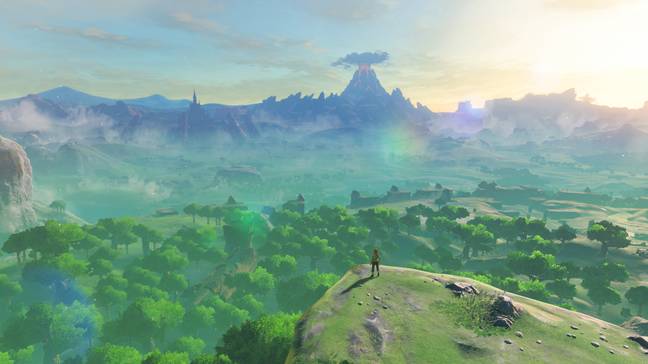
But I digress, as I'm not here to throw a game that I'm enjoying under any virtual bus - or, I guess, under the Mongol War Machine as it smashes into Japan's Kamakura period. I am here to highlight, off the back of my Tsushima map disgruntlement, another same-gen open-worlder that I think gets its map really, really right in terms of its narrative. And that game is The Legend of Zelda: Breath of the Wild.
When Link awakens at the beginning of Breath of the Wild, he's been out of action for 100 years. As he's recuperated from a life-threatening injury in the Shrine of Resurrection, Hyrule has changed. And Link's changed, too. His memories are faded, barely there at all, and what skeletal plot there is to Breath of the Wild largely plays out through flashbacks triggered at select locations in the world. Some of these are discovered through main-quest progress; others by just looking at pictures and identifying where those places might be, on the game's map.
And, about that map. It's brilliant. And it begins with nothing - or, next to nothing. Upon awakening and receiving the Sheikah Slate, all Link can see is the layout of the Great Plateau, a raised region in the centre (ish) of BOTW's wider Hyrule. He gets some shrines marked on it, and off he goes. But the map's incredible detail - its wavy hillside contours, its squared-off hints of broken-down grand halls and hopeless hovels, its rivers and lakes and forests and its more unusual features that you can't help but drop a marker on - is what really draws in the eye and makes navigating BOTW's world such a joy and a narratively satisfying process.
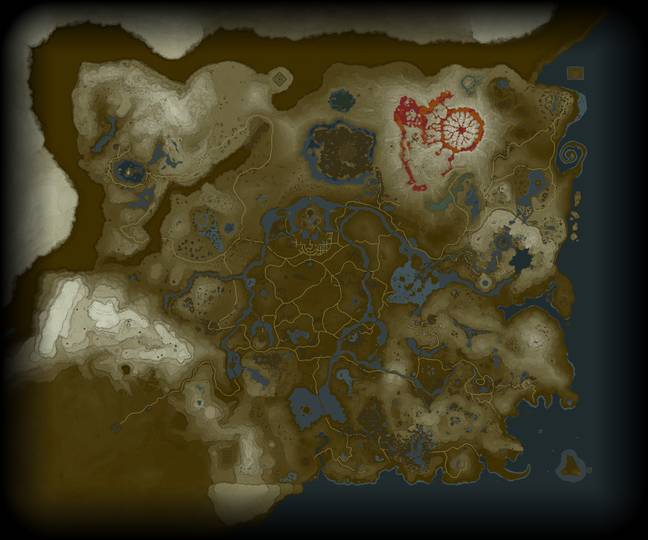
Every time Link successfully climbs a new Sheikah Tower, he reveals more of the overall map. Unlike a game like Ghost of Tsushima, Link's record of the world around him isn't completed by eyesight alone, or rather adjacent footsteps, but by whatever ancient technology flows through this landscape. It bleeds into his Slate and those lines, those hints and those irresistible what-are-they things appear. Initially I wasn't into this system. I wanted to have my path through the game tracked on the Slate, as I walked it. But after a while - and I've now spent something like 250 hours with BOTW - I realised that the game's chosen approach is perfect.
Link has no memory of Hyrule - or at least very little of it. And what he might remember is a century old. His journey through these lands is being taken at the same pace as the player; unlike Jin's fog-clouded Tsushima, or Geralt's all-detail-but-no-names exploring in The Witcher 3: Wild Hunt (good for dropping markers and investigating ruins; bad for larger settlements not already being known) it makes complete narrative sense for his map to be expanded as it is. He's been here before, but he doesn't remember it; and we've never been here before. In other games where our protagonists know the lands they're travelling, it bothers me that details are kept hidden from us. That doesn't compute. But BOTW's Sheikah-powered uncovering of a new Hyrule horrendously scarred by conflict? It absolutely does.

And to go back to those lines, and lines, and lines: BOTW's almost Ordnance Survey-like approach to its map design absolutely has me scouring its every, miniscule detail to see what I've missed. It demands that I a punt on a Korok Seed or treasure chest being hidden somewhere. I'm poring over this thing, still, trying to spot three trees in a row, or some busted-up shack I've not been to yet - and yes, BOTW's DLC-added Hero's Path mode, which shows you where Link has been (and more importantly where he's not) is something that every open-world game needs, please. It was only long after first 'beating' the game that I found its Boom Bam Golf Course, for example, because I'd not been to that part of Tanagar Canyon. I checked my Hero's Path, spied that something was odd about that spot, and headed to it. I wouldn't have done that had a whole new region not unlocked with the activation of a Tower, revealing the outlines of sights yet to see.
Other games do take comparable, narrative-respecting approaches, linking their maps to how their stories unfold - 2019's critically acclaimed Outer Wilds being one of them, where each journey to someplace new opens more and more mysteries to pick away at later. It could be argued that 2011's The Elder Scrolls V: Skyrim reveals its location markers in a manner that ties tightly to the game's plot, assuming you're playing as a race other than the Skyrim-native Nords (who, presumably, know a bit about the area they're living in). On the other hand, why is my map in Grand Theft Auto V completely devoid of anything until I drive all these roads and climb these hills? I have a smartphone with GPS in my pocket - I shouldn't have to steal a helicopter and fly it over the State of San Andreas to fill in all these blanks, quickly. It should just be there.
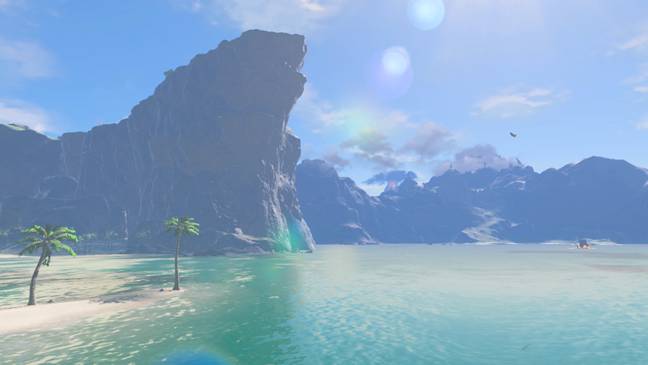
Ultimately, a game's map is to help you, the player, either get from A to B or to hunt out some secret or other through your own piqued curiosity - and those of Tsushima and GTA V provide the former function, but fail at the latter until they're a lot more complete. Then again, wandering off the beaten track too early could stunt your progression, and enjoyment, of those very story-focused games; and, as I hinted at earlier, BOTW isn't especially strong on that front. Or, rather, it's far more subtle with its story beats, and allows you time and space to explore at your own pace.
The map in BOTW ticks all the boxes I need. It shows me where I am, where I need to be, and how to get there. But more than that, it pulls me into its finer details and has me wondering, what is that? It opens up at a speed that mirrors the progress of its hero, and only gives the player information at the same time that Link receives it, with little suggestion that he really knows these regions before his Sheikah Slate updates. It operates as a guide and a narrative device, a tool and as a storyteller in its own right, albeit one that only whispers its myriad clues. It's an invitation to adventure, to new discoveries sought out only through the player's own appetite for them, that so few game maps are.
And not a single cute critter needs to be chased for any of it to eventually become like the back of your hand. Which is to say: leave the Hyrule foxes be, please. They've had it hard enough, already.






